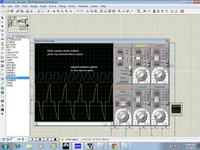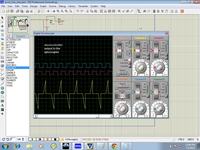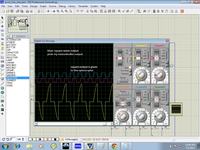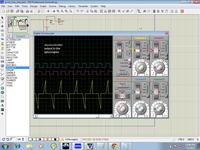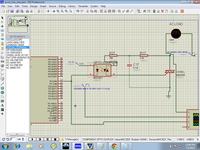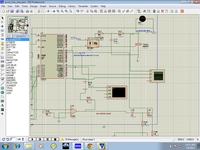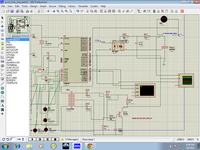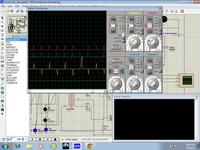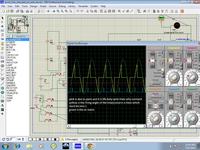raghurocks
Member level 1
- Joined
- Jul 3, 2012
- Messages
- 33
- Helped
- 2
- Reputation
- 4
- Reaction score
- 0
- Trophy points
- 1,286
- Location
- India,Gujarat
- Activity points
- 1,568
hello everyone,
I have generated a pwm signal with 50% duty cycle using the timer concept but i don't know why I am getting a 60 degrees phase shift in the output wave so that if I compare with a standard square wave from a square wave generator my wave is keep on shifting may I know the reason......
Thanks in advance
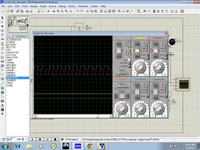
Here is my code used for that generation(a pulse of 100hz and 50%duty cycle)
I have generated a pwm signal with 50% duty cycle using the timer concept but i don't know why I am getting a 60 degrees phase shift in the output wave so that if I compare with a standard square wave from a square wave generator my wave is keep on shifting may I know the reason......
Thanks in advance

Here is my code used for that generation(a pulse of 100hz and 50%duty cycle)
Code ASM - [expand]
Last edited by a moderator:
